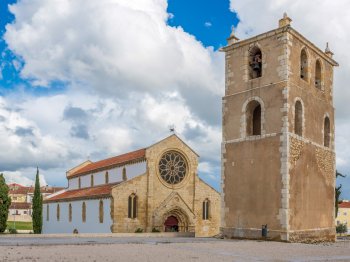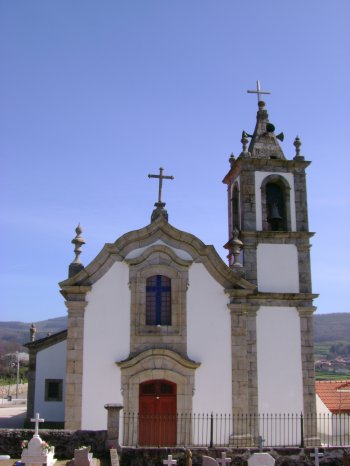Explore the best places
Results for Santa Maria do Bouro in Portugal
Igreja de Santa Maria de Verim
- heritage
Rua da Igreja, 6
4830-795, Igreja
Typically Romanesque church, with some traces of the former Benedictine monastery, as is the case of the cross and the font.
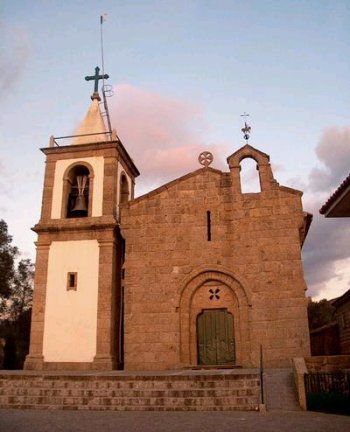
Igreja de Santa Maria do Castelo
- heritage
Castelo Mendo
6355-051, Vilar Formoso
Architecture of religious type, consisting of chancel, nave, sacristy, belfry and side chapel. This is private and belongs to the family Pinto da Fonseca. This construction there are only ruins, but you can still see the square base of the pulpit and the respective ladder, the triumphal arch broken and, laterally, the tables of the side altars.
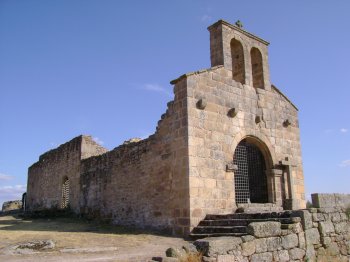
Igreja de Santa Maria do Castelo
- heritage
Rua da Piscina
6000-776, Castelo Branco
Built, probably, in the XII century, it was rebuilt in the XIII century by the Templar, and suffered later various acts of vandalism, being reduced to ruins. It suffered successive interventions and is now a work mainly from the XIX century.
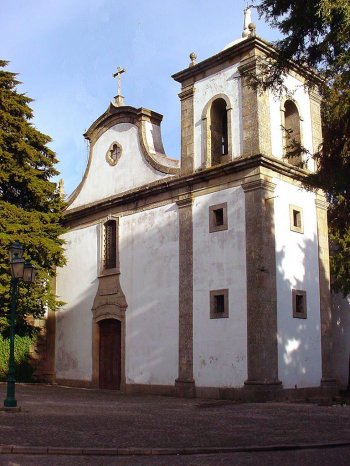
Igreja de Santa Maria do Castelo
- heritage
Largo de Santa Maria, 14
6400-410, Pinhel
This is a religious monument composed by a nave divided in three ranks, main chapel, lateral chapels, sacristy and campanile tower. The main façade is composed by a round arch on the doorway and by a circular window sided by a campanile in which the superior one has a double bell ringer. There is, on this façade, one window with a view to the Via Sacra. On the inside stands out the baptistery where it is the baptismal font, the Mannerist niche, the painted panels on the main chapel and the altarpiece and the Christ the Redeemer on the Sacrarium …

Igreja de Santa Maria do Castelo
- heritage
Rua Doutor Adriano Franco, 69
2530, Lourinhã
This temple has a gothic construction in which the decorative program overcomes the church structure. On the main façade it opens up a doorway topped by a rose window. The inside has three naves; it presents eight arches supported by columns with capitals ornate with fitomorphic motifs. It is worthy to mention the holly water font in Gothic style.

Igreja de Santa Maria do Castelo
- heritage
Rua Dom Francisco de Almeida
2200-242, Abrantes
It was constructed under the orders of Dom Afonso II in 1215, this church was destroyed by an earthquake in 1429 and it was later rebuilt in 1433. On the last quarter of the 15th century here it were constructed D. Diogo and D. Lopo graves. It is worthy to mention the Gothic triumphal arch, the fifteen hundreds graves, the mudejar glazed tiles and the altarpiece primitive part. In 1921 it was here installed Abrantes Regional Museum.

Igreja de Santa Maria do Castelo
- heritage
Calçada de Santa Maria
8800-606, Tavira
13th-century building, rebuilt after the 1755 earthquake. It maintains the Gothic structure and portal. In the main chapel is the tomb of the seven Knights of the Order of Santiago killed by the Moors in an ambush, which legend associates with the conquest of the city. From the collection of sacred art, comprising pieces of goldwork from the 16th and 18th centuries and vestments, a missal stand from the 16th / 17th centuries, from Japan (“nambam” art) deserves special mention.
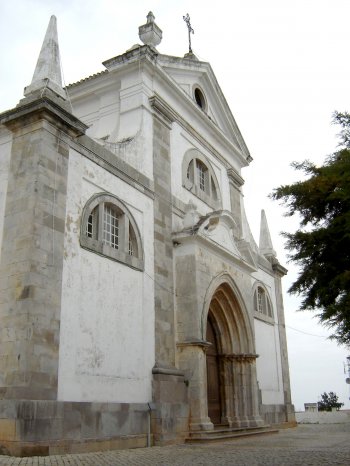

Igreja de Santa Maria dos Olivais
- heritage
Rua Aquiles de Mota Lima
2300-455, Tomar
Temple from the 13th century. It appears to have been part of a Convent of Benedicts, still in the period when the town was called Nabância. It was rebuilt by D. Gualdim Pais, in 1160, who made it the pantheon of the Templars in Portugal. Its structure presents transition elements from the Romanesque to the Gothic style, the latter being predominant. A large rose window stands out on the façade, surmounting the portico with four archivolts. Over the rose window you can see the mark of the Knights Templar, the Signum Salomonis. In the sacristy, with a 16th century vault, …
